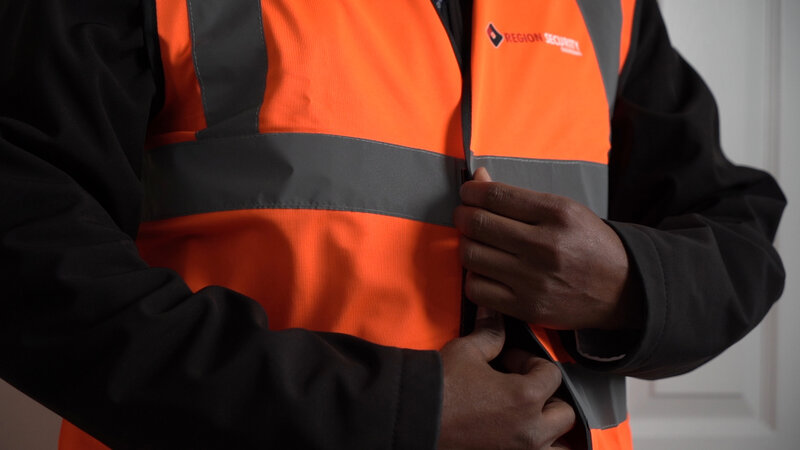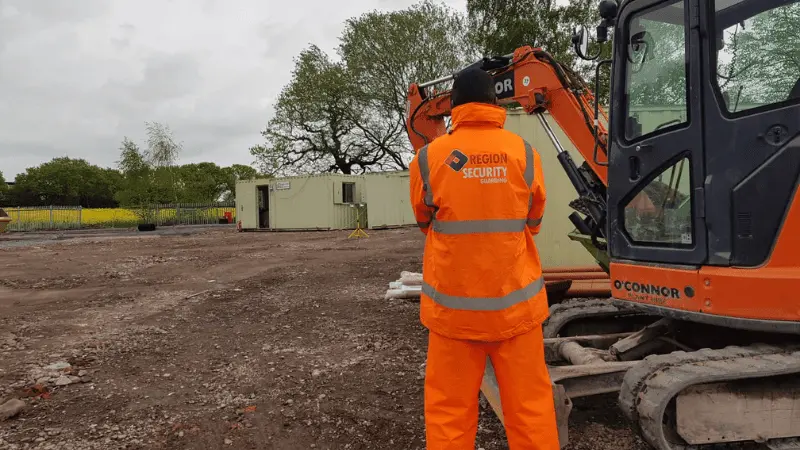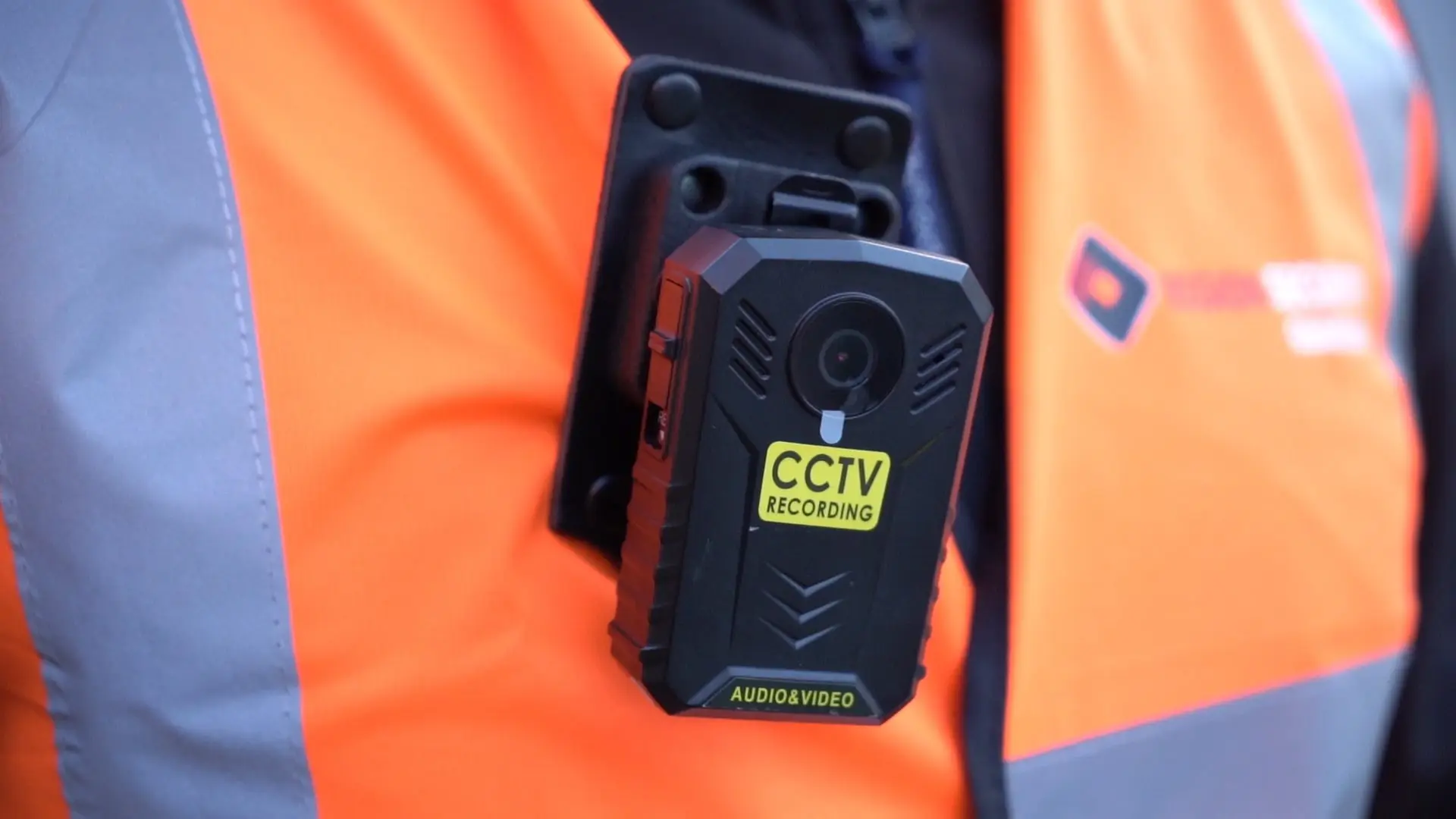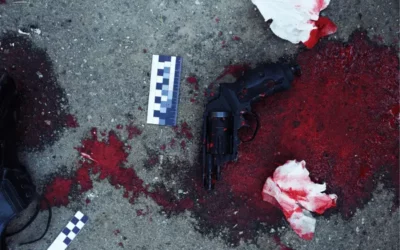Knife crime has seen a dramatic increase here in the UK since 2012, with almost 41,000 offenses with a knife or sharp object reported to the police in 2021.
While national lockdowns have caused a reduction in the amount of knife crimes committed, the overall level of crime being lower during these periods, the data doesn’t look like it’s slowing down. Here we’re going to look at the different aspects of knife crime, and what the UK government is doing to tackle the rising concern of knife crimes in the UK.
What Is Knife Crime?
While there is no official government definition for knife crime, as it is more officially referred to as ‘knife enabled crime’, it most commonly refers to violent crimes occurring where a knife or sharp implement is involved, mostly stabbings.
There are however a range of crimes the term covers, including:
- Threaten or cause harm with a knife
- Robbery with a knife
- Transportation of a dangerous weapon
- Selling a knife to someone under the age of 18
While we mainly think of knife related homicides when it comes to knife crime as they are the worst-case scenario and often dominate the headlines, it is important take these other aspects of knife crime into account.
What Are The Reasons For Knife Crime?
Unfortunately, there is no specific answer as to why we’ve seen an increase in knife crime over the past 10 years. There are multiple different factors to take into consideration when it comes to breaking down the causes of knife crime.
There have been several different explanations given by politicians, police, and experts in crime.
Falling Police Numbers
Former head of the Metropolitan police department, Cressida Dick, believed that it was due to the decrease in police officers.
It isn’t difficult to link the idea of a rise in crime and less of a police presence on the street, as many high-ranking police officials resonated Cressida Dick’s opinions at the time.
The rise in crime also correlates with the data as since 2010, at least 23,500 police jobs have been cut in England and Wales. In that time, we have seen the rates of knife crime increase.
While preventative measures such as CCTV and security guards can help reduce crime, it’s easy to see a correlation between the reduction in police and increase in knife crime.
Violent Media influences
Another factor that is often labelled as a contributor to knife crime in the UK is the influence of media. This can be films, television, music, and video games.
Studies have been done that show there is a correlation between violent media and aggression in an individual, but many experts still disagree in terms of how much evidence is needed to support that there is a link between violence in media and real-world violence.
Social Media and Knife Crime
Social media is seen to be putting more pressure on young people to behave and act a certain way.
Images and video of knives being posted on social media let’s young people know exactly what kind of weapons are being carried and where. This could be leading them to feel the need to carry a knife themselves for protection purposes based on the number of weapons that are out there.
Incidents of knife crime are said to occur from social media, when statements made on these platforms get blown out of proportion and result in violence.

Knife Crime In London
London is seen as the capital of knife crime here in the UK. In 2021 it suffered the most teenage homicides in recent years with a total of 30 young people being killed, the majority of these being victims to knife crime.
Incidents of Knife crime have seen a steady increase in London since 2015, peaking at 15,900 offenses in 2019/20. While there was a decrease in knife crime in 2020/21 this is likely due to the national lockdowns in place over this period.
Knife Crime Campaigns
There have been several different campaigns and government initiatives put in place to tackle the rising problem of knife crime in the UK:
Weapon Surrender Bins
These weapon surrender bins can be found across the UK. These are locations where weapons can be handed over and safely disposed of by professionals, the idea being that even just one weapon that isn’t on the streets could save somebody’s life.
In Suffolk there have been over 20,000 bladed items deposited in these amnesty bins since their bin a blade scheme launched.
These amnesty bins offer a safe place free of prejudice for someone to dispose of any weapons they might have in their possession.
Lives Not knives
The Lives not knives campaign focuses on social media and educating people on not only the dangers of carrying a knife, but how to discuss the issue and get people you know to stop carrying a knife.
They offer helpful material like a conversation guide for discussing the issue, and opportunities to book workshops at schools to further educate young people on the dangers of knife crime.
Knife Angel Sculpture
Made from over 100,000 knives that were seized by police, the Knife Angel is a powerful visual message about the dangers that arise from knife crime.
Travelling from city to city, the aims of the campaign are to bring about social change, provide education and awareness and to collaborate with communities in tackling the issues surrounding knife crime.
There is currently a petition to get the knife angel statue to London, which is seen as the capital of knife crime in the UK.

What Are The Police Doing To Stop Knife Crime?
The police have several different powers given to them to prevent and reduce the threat of knife crime.
Stop and Search With Reasonable Grounds
This is the most common type of search carried out by police. It can be done if an officer has a reason to suspect you might be carrying something that fits into the following categories:
- illegal drugs
- a weapon
- stolen property
- something which could be used to commit a crime
These powers have recently been introduced in the area of Greater Manchester following repeated incidents of knife crime related violence since the start of the year.
Section 60 Stop and Search
Found in Section 60 of the Criminal Justice and Public Order Act 1994, This is where a police officer can stop and search a person without suspicion. With this type of search, police don’t have to have reasonable grounds to stop and search you.
This authority is only given by senior officers and is commonly done when there is a serious threat of violence occurring in the area, of if an incident of violence has occurred and they are trying to find the weapon.
Serious Violence Reduction Orders
Introduced in 2020, Serious Violence Reduction Orders could apply to people who are repeat offenders for violent crimes who are given non-custodial sentences.
This means that police can search anyone with these orders to check they aren’t carrying any weapons.
If caught for a second time, the offender can expect to receive a custodial sentence due to the ‘two strikes’ legislation brought in by the Criminal Justice and Courts Act 2015.
Final Thoughts
While knife crime is a persistent issue in the UK, multiple different sources are taking measures to combat the rise of knife crime. We can all play a part in community efforts to address the issue. Helping eachother stay safe from the threat of knife crime as well as the government providing more initiatives and improving police presence and powers to stop knife crime.
Head over to our news page so that you can stay up to date with all the latest crime news.
Related Articles
What Is Violent Crime?
One of the most common crimes within the UK is violent crime offences but what is violent crime really? In this article, we define what violent crime is, discuss whether violent crime in the UK is increasing, and explain how we can prevent violent crime.
Top 10 Most Dangerous Areas in England and Wales
There are exactly 70 counties between both countries and in this article, we will be going over the top 10 most dangerous areas in England and Wales.
What Is the Police, Crime, Sentencing, and Courts Bill?
What Is the Police, Crime, Sentencing, and Courts Bill? In this article, we will discuss what it is, who introduced it, the protests that followed, and whether or not the bill was passed.
Why Is Youth Crime a Problem?
Why is youth crime a problem? In this article, we discuss what youth crime is, the factors that contribute to it, how to prevent it, and lots more!
Gun Crime In The UK
While the UK is one of the safest countries in the world when it comes to gun related crimes, it does still happen throughout the country.
What Are the Different Types of Crime?
There are many different types of crime that take place in the UK, but do you know what they are?
Can Crime Be Eliminated?
A common question that is asked is “what does crime mean?”. A crime is defined as a deliberate act that causes physical or psychological harm, damage to or loss of property, and is against the law. Whilst that is the definition crime as a concept is very difficult to pin down to have one specific meaning.
Do Security Guards Reduce Crime?
Crime is a huge worry and threat for many businesses, and it often seems impossible to escape from. Crime rates in the UK seem to be on the rise. According to Statista, there were at least 93.6 crimes reported per 1,000 people. With these shocking figures, it’s no wonder that many businesses are looking for security protection such as guards to protect their sites or property.
Knife Crime Is Rapidly Increasing; 4 Tips on How to Stay Safe in 2024
UK’s Knife Crime In March 2019, knife crime in the UK reached a decade high; the ONS has revealed that recordings of crimes involving sharp instruments













